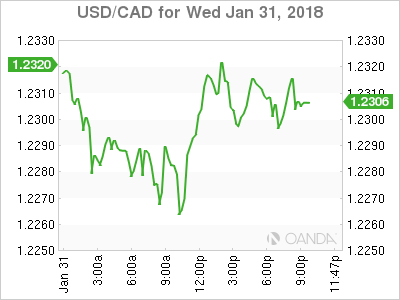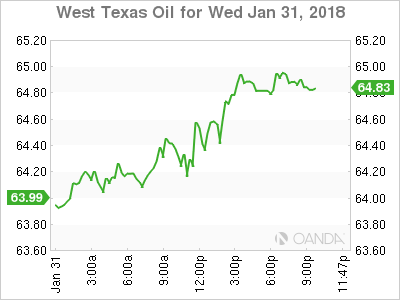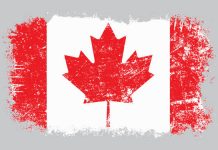The Canadian dollar is higher on Wednesday after the economy accelerated its growth in November. Canadian GDP is posted monthly and showed a gain of 0.4 percent in November. The Canadian economy started 2017 with a bang which led the Bank of Canada (BoC) to raise rates twice before a slowdown in the third quarter. The two 25 basis points rate hikes, the overall strength of the economy, recovery energy prices and a soft US dollar continued to boost the loonie. In 2018 the BoC has hiked once more leaving the benchmark rate at 1.25 percent.
The Canadian currency has enjoyed a strong start to 2018 and is more than 2 percent higher than the USD year to date. The political uncertainty in the US that delayed pro-growth policies until the end of 2017 remain. The fate of NAFTA has kept the Canadian dollar under pressure as the end of the original timeline fast approaches. The negotiations have shown little progress and with only two rounds to go, the end result could be all parties walking away empty handed. Elections in Mexico and the United States this year will further complicate negotiating in such a divisive topic as trade.

The USD/CAD lost 0.24 percent on Tuesday. The currency pair is trading at 1.2304, a four month high, after the release of the monthly gross domestic product in Canada for November. The 0.4 percent gain is the biggest gain since May 2017 and a signal that growth is back on track after a slowdown in the third quarter.
The U.S. Federal Reserve kept its benchmark interest rate at 1.25 – 1.50 percent on Wednesday. The meeting will mark the last time for Janet Yellen as Chair of the central bank. Jerome Powell will take over next week and with no meeting scheduled for February the Fed is expected to lift rates in March to mark the start of the Powell era.
Prime Minister Justin Trudeau told the CBC earlier that he does not think the US will pull out of NAFTA. The PM is aware that it is a possibility and his government is working on contingency plans. Also today US Secretary of Commerce Wilbur Ross said that the renegotiations are far from being completed at this point. He did recognize that progress has been made, but very little of it in the hard issues.
During his first State of the Union address President Trump mentioned that the US had entered into unfair trade deals and his goal was to turn that page on that period. Pro-growth policies were late to arrive, but after the tax reform gave Trump his first policy victory he intends to build on it by proposing a 1.5 trillion dollar infrastructure spending legislation.

Oil prices are recovering from a drop earlier in the session. West Texas Intermediate is trading at $64.55. The weekly US crude inventories report by there Energy Information Administration (EIA) surged by 6.8 million barrels. The forecast was a mild 100,000 barrels, but it appears the cold weather has slowed down refineries in the south resulting in the buildup. The surprise to the upside was balanced with a larger than expected drawdown of gasoline stockpiles.
Market events to watch this week:
Thursday, February 1
4:30am GBP Manufacturing PMI
10:00am USD ISM Manufacturing PMI
Friday, February 2
4:30am GBP Construction PMI












